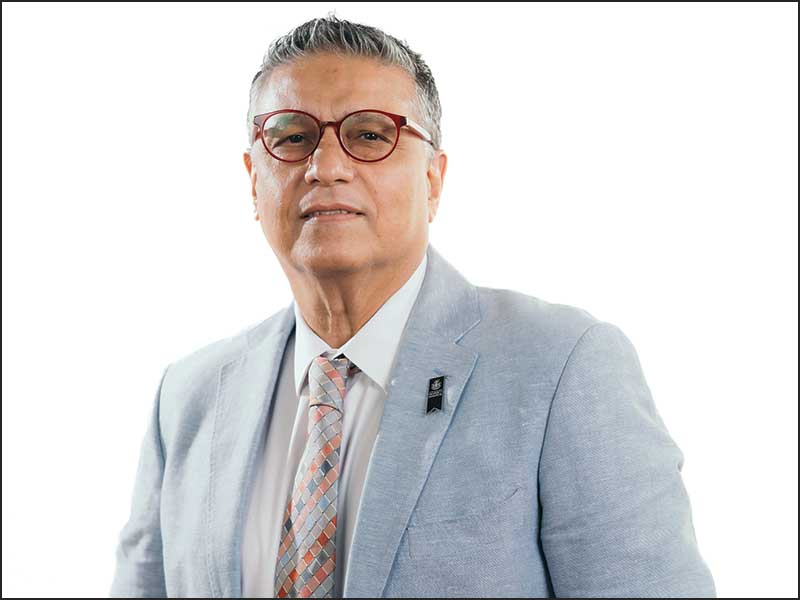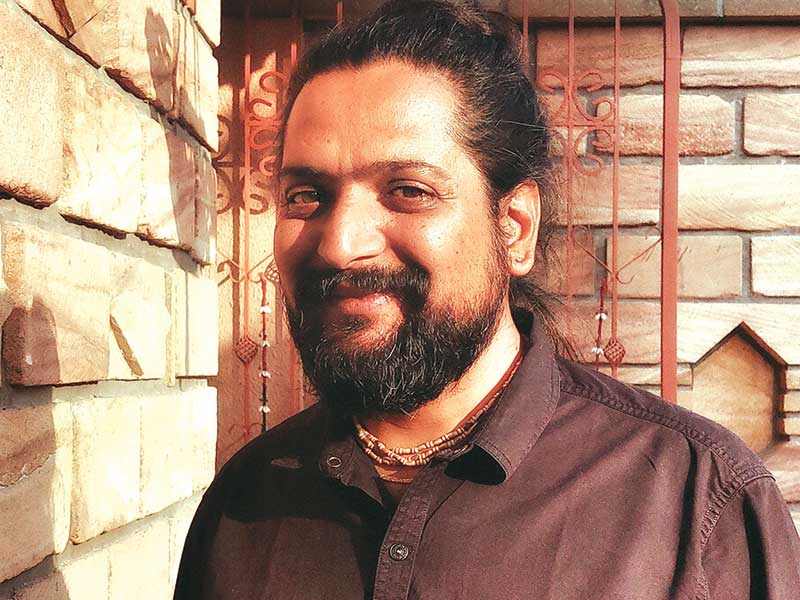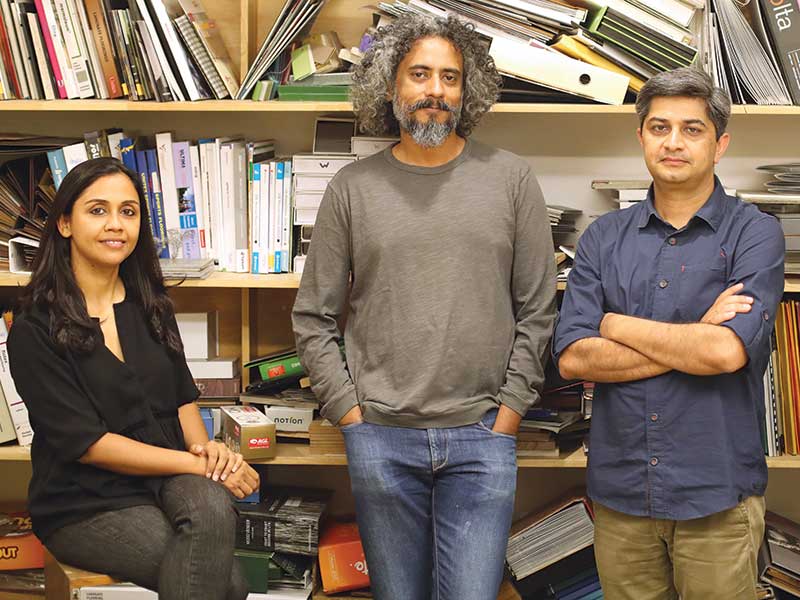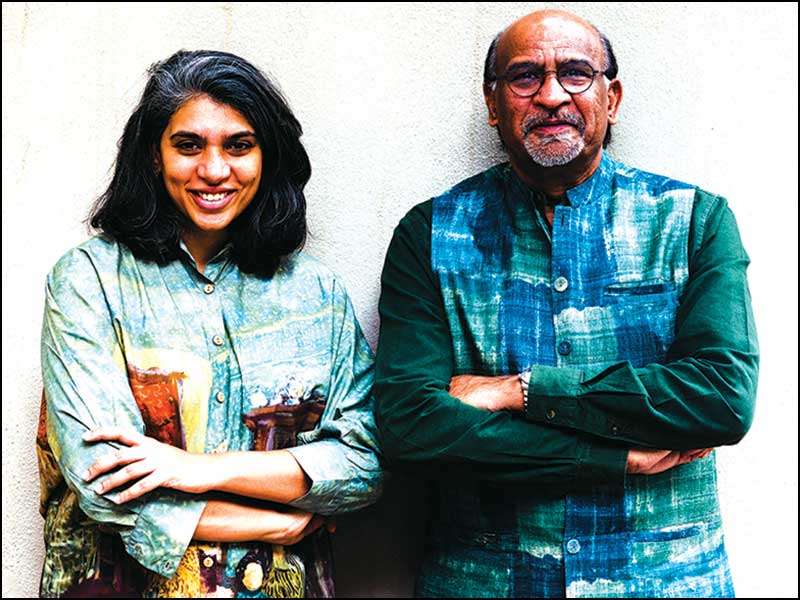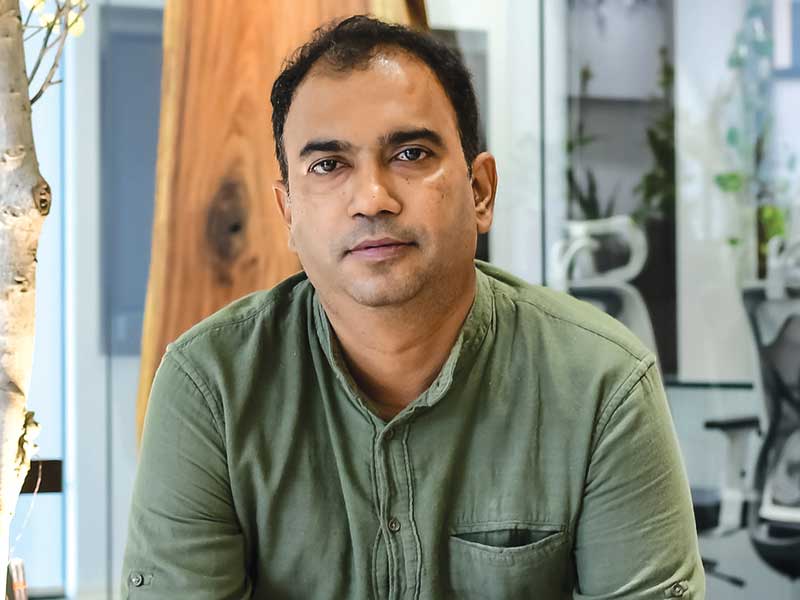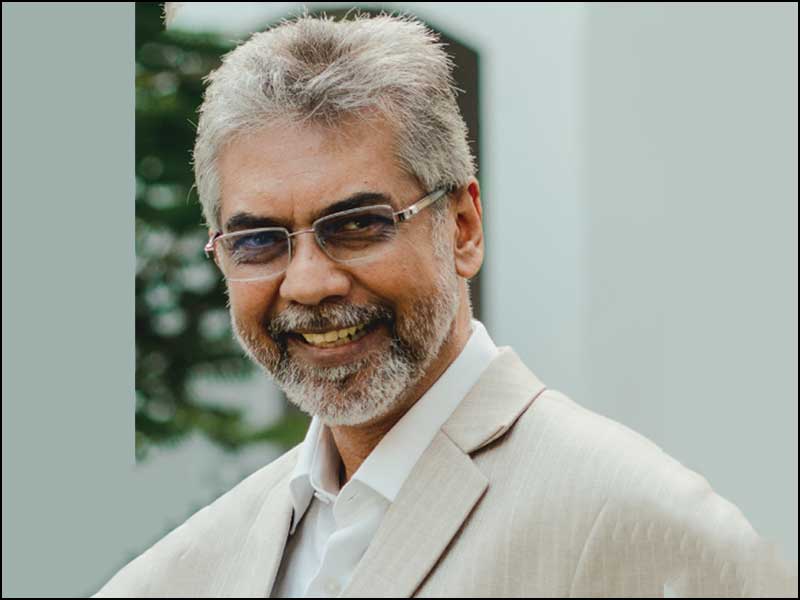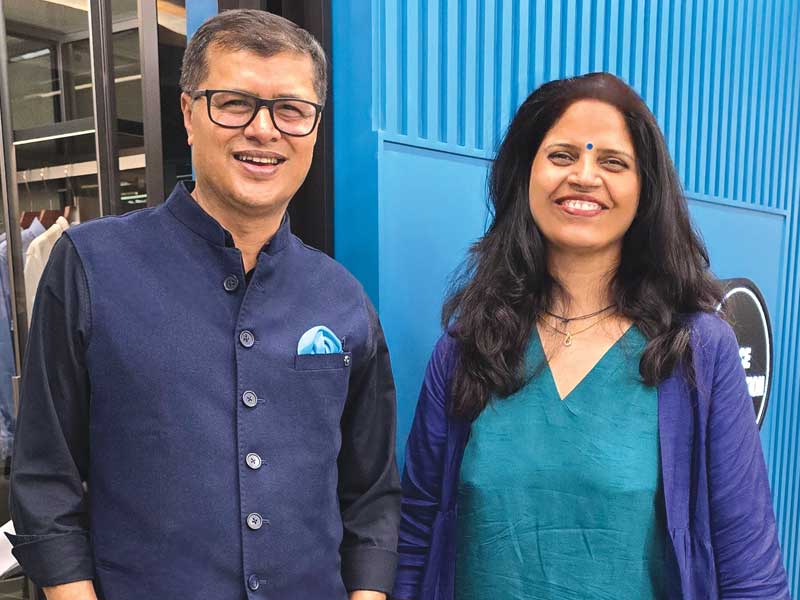
There are many options for certification from bodies such as USGBC, IGBC, and GRIHA. Certification is something that the realty market at large has caught wind of. Displaying that shiny plaque at the entrance of the building is a royal way to show that this is a built environment where one can ‘expect’ to have high quality indoor air, a very conscious usage of materials, and, in general, a space that is thoughtful of energy and its usage. This is a positive move that has helped to promote and encourage creation of eco-friendly structures. From marketing to post occupancy, this is a feel good factor, which cannot be achieved without a rating awarded, or a level of certification that is universally recognized. On the downside, is the misuse of the Green Rating.
That said, historic buildings and technologies used in the past inspire us to use similar skills and materials in the spaces we are currently envisioning. Understanding the proven green techniques enable us to evaluate and modify these green responses to be relevant to the challenges and opportunities of the present. Overall, I would like to assert that designers and architects must be aware of our rich art, traditional and cultural heritage, which we must tap.
It is said that India lost 30% of its craftsmen in the last 10 years, and will lose an equivalent number in the next few years. The sons of craftsmen and artisans migrate to cities to become cab drivers, delivery boys and the like. Governments could identify universities and colleges, where vocational training can be imparted to improve traditional skills, which are intrinsically sustainable. Practical education exposes people to new ideas and technologies. Artisans can adapt them to change from conventional items of low commercial value or limited local demand to high value products for national and international markets. Existing educational infrastructure like classrooms, equipment and teachers can focus on providing job skills at times when facilities are idle. The urban eco systems can absorb and better the living standards of traditional artisans if they can be taught to embrace new ways of doing things.
Certifications and quantifiable interventions help us in setting benchmarks to improve the design and function of a building
I admire...
The first green residential high-rise in Midwest USA is 340 on the Park in Chicago. It ranks amongst the tallest residential towers in the city, forms a part of the impressive lakeshore skyline, and was completed in 2007. I remember the team of SCB working on this project and it seemed very hard at that time to achieve the Silver Rating. Materials and fixtures were scarcely available then, for example, low flow fixtures that are standard specifications today, were limited options a decade ago.

